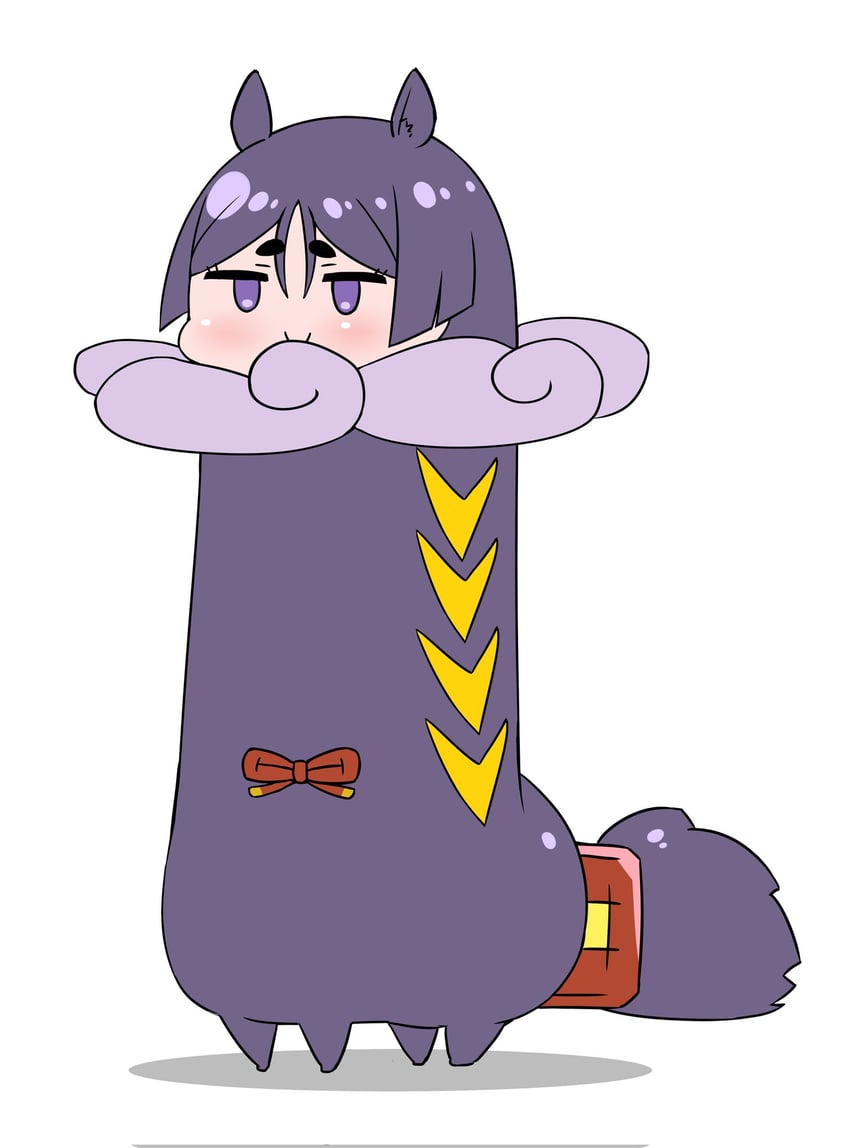The Iron Horse’s Shadow: Unearthing America’s Legends of "rr freaksfate"
America, a land forged in ambition and untamed wilderness, pulses with a unique tapestry of legends. These aren’t just quaint folktales; they are the echoes of a raw, expansive past, often born from the clash of human will against an indifferent landscape, and the peculiar, sometimes tragic, destinies – a veritable "rr freaksfate" – that shaped its very soul. Central to this myth-making machine, an artery of progress and peril, was the railroad. The iron horse, thundering across plains and through mountains, didn’t just connect coasts; it carved paths for pioneers, outlaws, and the spectral, inadvertently laying tracks for some of the nation’s most enduring and chilling legends.
From the first spike driven into the earth to the sprawling networks crisscrossing the continent, the railroad was a crucible where ordinary lives met extraordinary ends. It was a conduit for Manifest Destiny, a symbol of industrial might, yet also a harbinger of the unknown. The men and women who built, rode, and lived alongside these tracks often found themselves entangled in a "railroad freaksfate" – a destiny that was either dramatically altered, violently concluded, or eerily extended into the realm of the supernatural, all intrinsically linked to the steel veins of the nation.
The Laborers: A Symphony of Steel and Sacrifice

Perhaps no group embodied the "rr freaksfate" more profoundly than the laborers who built the railroads. Irish immigrants, Chinese coolies, African American freedmen, and war veterans, all toiled in conditions that were brutal, dangerous, and often deadly. Their lives, frequently cut short by dynamite blasts, rockslides, disease, or the sheer exhaustion of relentless manual labor, became the anonymous sacrifices upon which the nation’s progress was built. While many remain nameless, some rose to legendary status, their "freaksfate" etched into the bedrock of American folklore.
The most iconic among them is John Henry, the "steel-driving man." His legend, born from the construction of the Big Bend Tunnel in West Virginia, pits man against machine in a tragic, heroic struggle. Henry, a freed slave or powerful laborer, reportedly challenged a steam drill to a contest, driving steel faster and harder than the machine, only to die "with a hammer in his hand" from exhaustion, his heart giving out. His "freaksfate" was to win the battle but lose his life, becoming an eternal symbol of human strength and resilience against the encroaching tide of industrialization. As the ballad goes, "They took John Henry to the graveyard, And they buried him in the sand, And every locomotive that comes a-by, Stops and blows for the steel drivin’ man." This isn’t just a tale of labor; it’s a poignant narrative of a man’s extraordinary, fated stand against a technological future he helped usher in.
The Chinese laborers, who famously laid much of the track through the treacherous Sierra Nevada, faced a different kind of "freaksfate." Paid less, enduring harsh discrimination, and performing the most dangerous tasks – often lowered in baskets down sheer cliffs to chip away at rock – thousands perished. While no single "John Henry" figure emerged from their ranks, their collective sacrifice, often buried anonymously, speaks to a "freaksfate" of silent endurance and immense, unacknowledged contribution. Their ghosts, it is said, still linger in the mountain passes, a testament to their unyielding spirit and the brutal cost of their labor.
Outlaws and Lawmen: Fates on the Fast Track
The railroads, while symbols of progress, also became magnets for crime, giving birth to a new breed of American outlaw. Train robberies were audacious acts, thrilling and terrifying, and the men who committed them often met a dramatic "freaksfate" at the hands of lawmen or betrayal.
Jesse James, arguably America’s most famous outlaw, found his destiny inextricably linked to the iron horse. His gang’s first documented train robbery was in Adair, Iowa, in 1873, an act that cemented their notoriety. The trains, carrying cash and valuables, were tempting targets, and the speed of the locomotives offered a new dimension to escape, or indeed, capture. Jesse’s "freaksfate" was to become a myth in his own lifetime, a Robin Hood figure to some, a ruthless killer to others. His dramatic end, shot in the back by a member of his own gang for a reward, only solidified his legendary status. His life, marked by a constant cat-and-mouse game with Pinkerton detectives and a relentless pursuit by railroad companies, was a vivid illustration of a "freaksfate" lived on the edge, always one step ahead until that final, fatal turn.
Similarly, figures like Butch Cassidy and the Sundance Kid utilized the vastness of the American West and the reach of the railroads to stage their daring robberies. Their eventual flight to South America, a desperate attempt to escape the reach of the law and the growing network of communication (including telegraph lines along railroad tracks), speaks to a "freaksfate" of being outrun by progress itself. These outlaws, through their audacious acts and often violent ends, became symbols of a wild frontier giving way to an organized society, their dramatic "rr freaksfate" played out against the backdrop of an expanding rail network.
Spectral Engines and Phantom Passengers: Ghosts of the Rails

The sheer number of lives lost during railroad construction and operation, combined with the often sudden and violent nature of train accidents, created fertile ground for supernatural legends. The "rr freaksfate" of those who perished on or near the tracks often extended beyond the grave, giving rise to ghost trains, phantom engineers, and haunted stations.
One of the most enduring tales is that of the St. Louis Ghost Train in Saskatchewan, Canada, though variations exist across the US. Legend tells of a train that derailed or crashed, killing all aboard, and now a single headlight can be seen bobbing down the tracks at night, only to vanish when approached. This specific "freaksfate" – to be eternally bound to the scene of one’s death, reliving the moment or searching for something lost – is a common motif in railroad ghost stories. The eerie light, often attributed to a phantom engineer searching for his severed head, is a chilling reminder of the dangers of early rail travel.
In North Carolina, the Silver Run Ghost Train is said to appear on the anniversary of a terrible wreck, its whistle mournful and its phantom cars visible only to those in tune with the spectral world. These stories are not just campfire tales; they are cultural touchstones, reflecting the profound impact that these powerful machines and the tragedies they sometimes wrought had on the human psyche. The railroad, a symbol of human conquest over nature, inadvertently became a conduit for the spectral, a place where the "freaksfate" of the departed continued to play out.
Cryptids and Creatures: Encounters on the Edge of Civilization
As the railroads pushed into uncharted territories, they not only brought civilization but also intruded upon the habitats of unknown creatures, giving rise to legends of cryptids and monstrous encounters. The "rr freaksfate" here is one of unexpected discovery or confrontation, as the boundaries of human knowledge met the mysteries of the wilderness.
The vast forests and mountains, now crisscrossed by rail lines, became the alleged stomping grounds of creatures like Bigfoot or Sasquatch. While not directly caused by the railroad, the expansion of the rail network meant more human incursions into remote areas, increasing the chances of encountering such elusive beings. Railroad workers, surveyors, and engineers were often among the first to venture deep into these territories, and their accounts, often dismissed as tall tales or hallucinations, contributed to the growing mythos of these forest giants. The railroad, in this context, becomes the threshold where the known world met the untamed, and the "freaksfate" of those who saw something inexplicable became part of the enduring mystery.
Less widespread but equally compelling are local legends of "thunderbirds" or other monstrous beasts, often described by those working in isolated rail camps. These encounters, whether real or imagined, speak to the psychological impact of being alone in a vast, wild land, where the sounds of the wilderness could easily be misinterpreted as something primal and terrifying. The railroad, intended to tame the land, paradoxically brought its workers closer to its most ancient and fearsome secrets.
The Enduring Legacy of "rr freaksfate"
Today, the glory days of steam and the untamed frontier are largely gone. Yet, the legends they spawned continue to resonate. The railroads, no longer just arteries of commerce, have become veins of memory, carrying with them the echoes of a past where ambition, danger, and the supernatural intertwined. The "rr freaksfate" – the extraordinary destinies of those who lived, died, and endured alongside the tracks – remains a potent force in the American imagination.
These legends are more than just stories; they are cultural artifacts. They speak to our fascination with heroism and tragedy, our fear of the unknown, and our enduring connection to the land and the machines that shaped it. From the steel-driving man battling the steam drill to the phantom locomotive thundering through the night, these tales remind us that progress often comes at a cost, and that some destinies are so dramatic, so peculiar, and so intrinsically linked to the iron horse, that they are fated to live on, forever woven into the rich and vibrant fabric of American folklore. The "rr freaksfate" is not just a historical curiosity; it is the beating heart of America’s legendary past, a testament to the enduring power of human experience transformed into myth.


